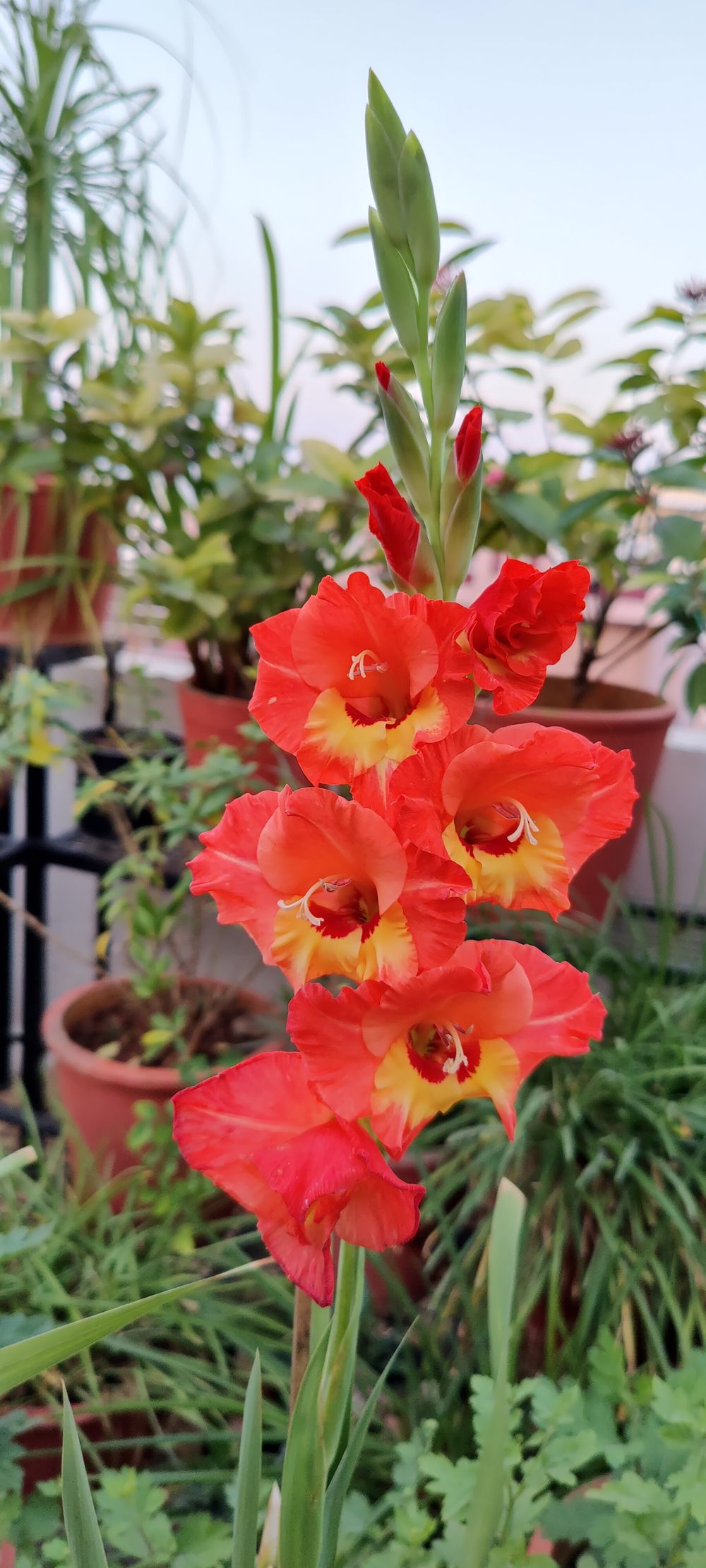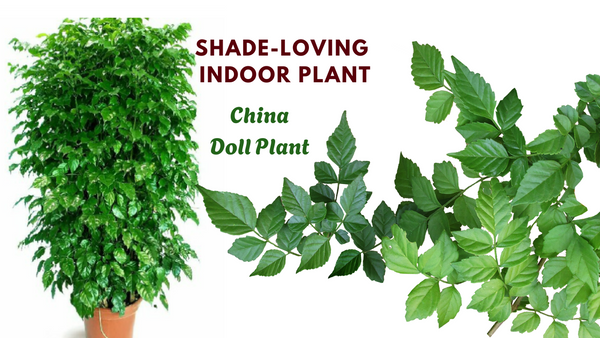How to Grow and Care for Gladiolus 🪻 | Houseplants Notes 010 - Varsha Aundhia
Gladiolus, with its strikingly tall flower spikes and vibrant blooms, is a favorite among home gardeners. Typically flowering between December and March, you can enjoy these beautiful flowers year-round with the right care and conditions. Here’s a comprehensive guide to help you cultivate gladiolus in your garden, ensuring a continuous display of blooms.
Understanding Gladiolus: The Basics
Gladiolus plants grow from corms, which are bulb-like structures that store nutrients. Much like taro (arbi), these corms develop fibrous roots that anchor the plant and absorb water and nutrients.
Seasonal Flowering
Gladiolus generally flowers from December to March. However, you can extend the flowering period by planting them in a shade net during off-peak seasons, avoiding the intense summer heat.
Propagation and Growth
- Corm Development: After flowering, the main corm will produce side shoots, each developing into a new corm. It’s crucial not to disturb the main corm post-flowering, as it will generate multiple new corms over six to seven months, which will again give rise to tall flower spikes and vibrant blooms.
- Propagation: When the corms are completely pot-bound, you may remove, separate, and grow them in other pots or garden areas. Start planting gladiolus corms in the spring once the danger of frost has passed. From your last frost date to early summer, plant another round of corms every ten days or so. This will result in continuous blooms through early fall!
- Dormancy Care: If the top leaves dry out and die, don’t worry. The corms beneath the soil are usually healthy. Each corm can produce 3-4 plants, with each plant typically yielding one flower spike, though some varieties may produce multiple shoots.
How to Plant Gladiolus
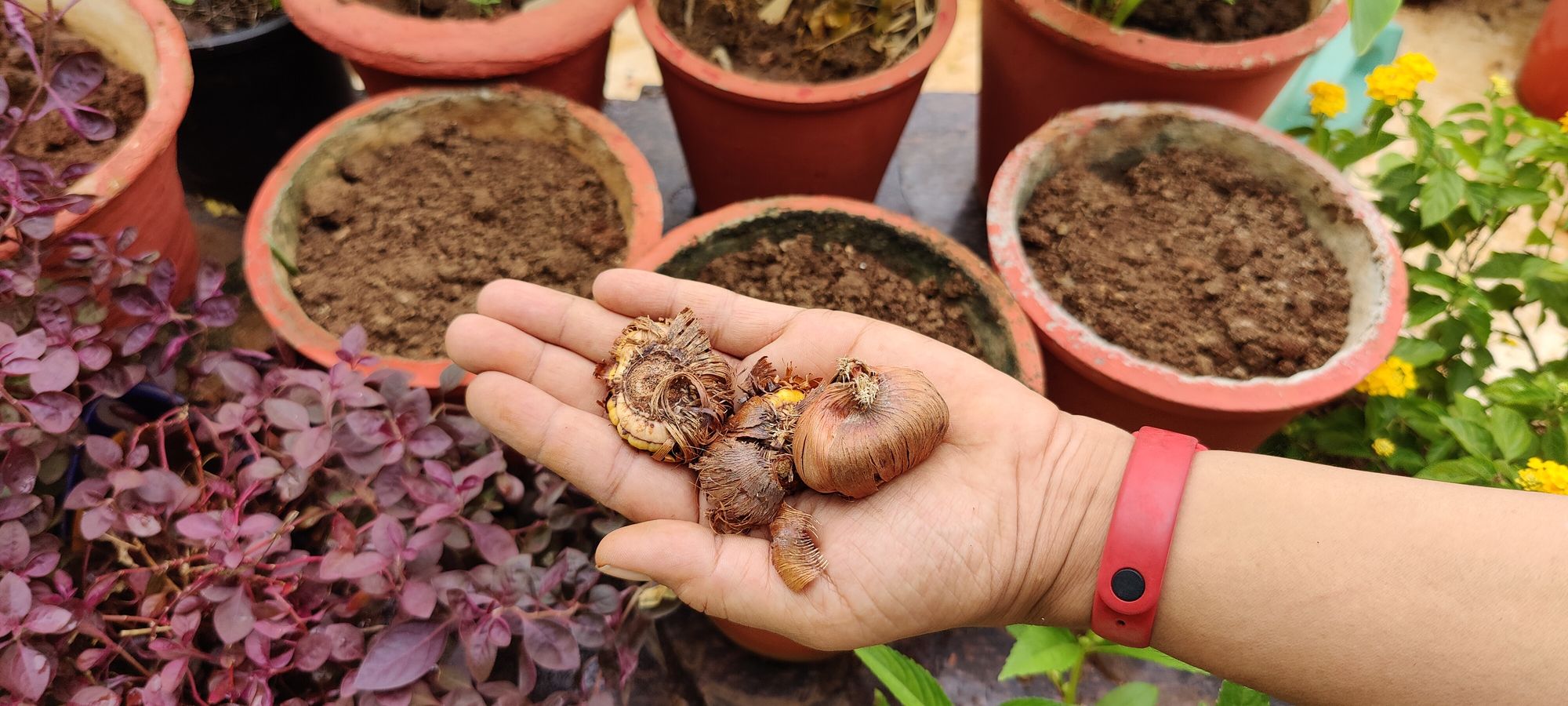
- Ready your garden by using a garden fork or tiller to loosen the soil to about 12 to 15 inches deep. After loosening the soil, mix in a 2- to 4-inch layer of compost or aged manure.
- To ensure large-sized blooms, plant corms that are 1¼ inch or larger in diameter.
- Set the corm in the hole about 4 inches deep with the pointed end facing up. Cover with soil and press firmly.
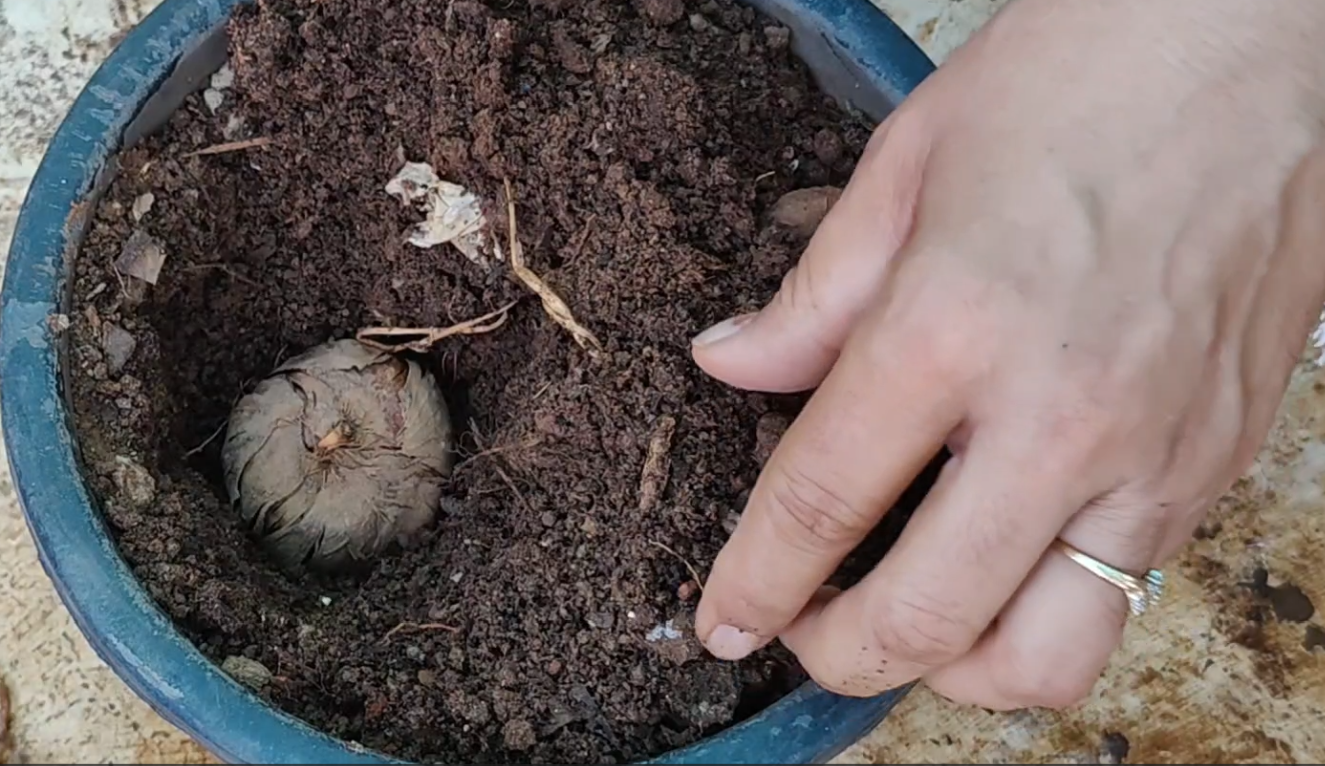
4. Space the corms 6 to 8 inches apart.
5. If you grow gladioli in the ground, primarily for cut flowers, plant them in rows. It’s easier to tend the plants and to harvest the flowers.
6. If planted with other flowers in borders or annual beds, plant the corms in groups of 7 or more for the best effect.
7. Water the corms thoroughly at planting.
8. If you’re planting tall varieties, be sure to stake them at planting time. Be careful not to damage the corms with the stakes.
Continuous Flowering
Gladiolus has a continuous flowering cycle. After one plant flowers, it will die back, allowing a new plant to emerge from the underground corm , similar to banana plants. This cycle ensures a steady supply of flowers. From your last frost date to early summer, plant corms every ten days or so. This will result in continuous blooms through early fall!
Pot vs. Ground Planting
- Ground Planting: Ideal for long-term growth. Corms can remain in the ground for 2-3 years, continuously producing flowers. Ensure proper drainage to avoid water stagnation, especially during the rainy season.
- Pot Planting: Monitor for water stagnation, as it can lead to corm rot. If the corms become pot-bound, separate and replant them after about a year.
Post-Flowering Care
- Trimming: After flowering, cut back the spent flower spikes to encourage new growth.
- Watering: Once the top part of the plant is removed, reduce watering. Overwatering dormant corms can cause rot. An occasional light watering every week to ten days helps maintain moisture without over-saturating the soil.
- Storage: When the corms are completely pot-bound, you may remove, separate, and grow them in other pots or harvest and store corms in a well-ventilated container, like you would with onions or potatoes. Keep them in a shady, dry place without fungicides.
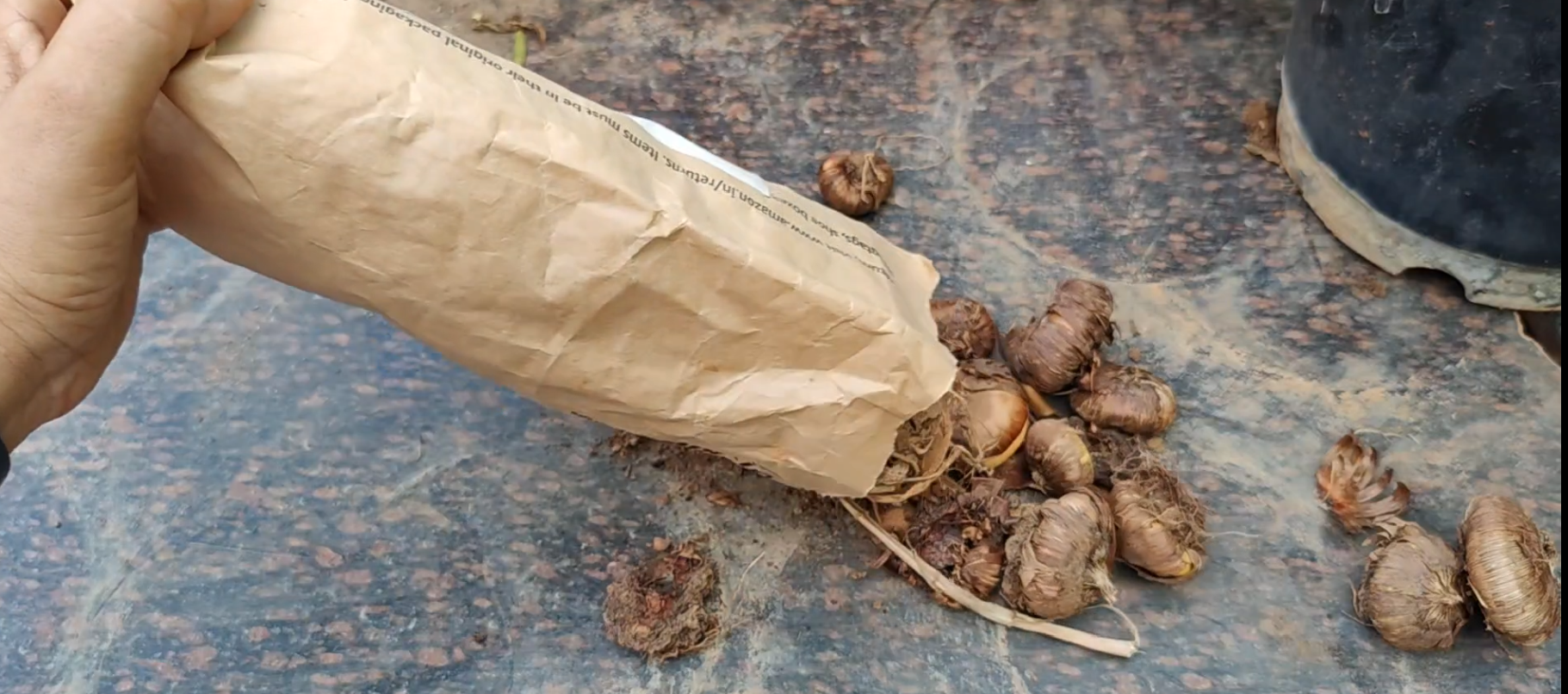
Dormancy and Sprouting
- Dormancy: Gladiolus and tuberose corms have a shorter dormancy period. Corms are less likely to lose moisture when kept in the soil and are better protected. Remember to occasionally sprinkle water when in soil without top shoots, once a week or every 10 days. This will help store the corms better. This advice applies to any bulbs. It's important to note that Gladiolus and Tuberose don't have a significant dormancy period. The idea of keeping the corm inside soil is to multiply and propagate. It is safer inside the soil than outside, because outside there are chances of moisture loss.
- New Growth: When the season is right, new shoots will start to appear. By keeping the corms in the soil, you enhance their ability to multiply and thrive.
Tips for Successful Gladiolus Cultivation
- Shade Net: Use a shade net to protect your plants during extreme weather conditions.
- Watering: Water them moderately when they are growing to keep the soil moist.
- Drainage: Ensure proper drainage in both pots and garden beds to prevent corm rot.
- Remove the faded/dead flowers to ensure continuous blooms. Once all the flowers on a stalk are gone, cut the stalk off at about 2 to 3 inches above the soil.
- Regular Monitoring: Check for signs of new shoots and adjust care as needed.
- Seasonal Adjustments: Adapt your watering and care routines based on the plant’s growth stage and seasonal changes.
By following these guidelines, you can enjoy the vibrant and elegant blooms of gladiolus in your garden throughout the year. Happy gardening!

